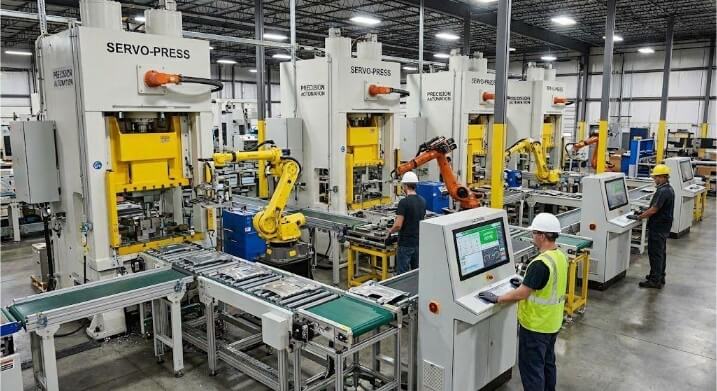Have you ever faced issues with leaks in your welding projects? It’s a common challenge in manufacturing and can cause significant problems if not appropriately addressed. Leaks can lead to costly repairs and delays, often compromising the integrity of your final product.
But there’s a reliable solution to this issue: seal welds. By understanding and applying seal welds correctly, you can ensure a leakproof and durable finish. Let’s delve into what seal welds are and how they can benefit your projects.
Seal welds have been designed to create a leakproof seal. Seal welds seal gaps between metal components, ensuring no gases or fluids can escape. This technique involves creating an uninterrupted weld at the joint. The edges are often overlapped to ensure complete coverage.
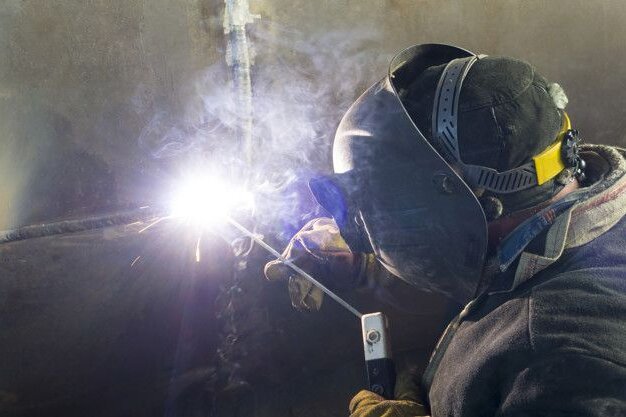
What is a Seal Welding?
Seal Weld Definition
Seal welds have been designed to form a leakproof tight seal between metal components. Seal welds are designed to prevent any gas or liquid leakage. Seal welds are crucial in applications that require a complete seal, such as pressure vessels and pipelines.
Seal Welds: Key Characteristics
Seal welds cover the entire joint length to prevent gaps. The edges of the metals are often overlapped to increase their effectiveness. Seal welds can be used when high pressures or corrosive conditions are present. They provide both strength and reliability.
Seal Welds Types
Fillet Welds
Seal welding is commonly done with fillet welds. The triangular section is formed by applying them to the corner of two metal pieces. This type of welding is simple and efficient for sealing joints when parts meet at a right angle.
Groove Welds
The groove weld involves welding between two metal pieces along a groove that has been prepared. This type of welding is used when thicker materials are needed or a more profound bond is required. The groove welds are vital because they fill the groove and ensure no gaps.
Spot Welding
Spot welding is used to join metal sheets that overlap. Welds can be applied in specific spots or points along the joint. These are perfect for thin materials, providing an effective seal quickly and without extensive preparation.
Plug Welds
The plug weld joins two metal sheets by welding through the holes underneath the sheet. This type of welding is used when access to both sides is restricted. Plug welds are a great way to attach components securely and ensure a solid seal.
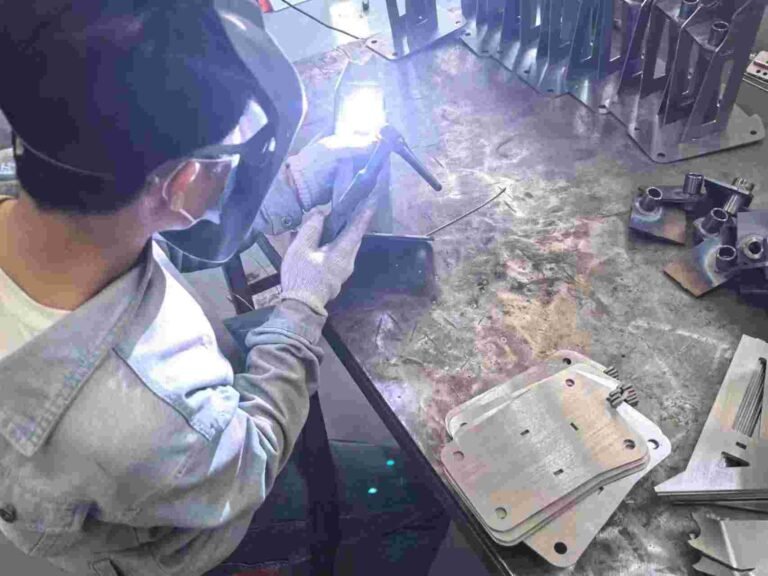
Seal Welds: Advantages and Benefits
Enhanced Durability
Seal welds create a continuous, strong bond between metal components, increasing the durability of the joint. They ensure that the joint can withstand pressure and stress by covering the whole length of the seam.
Improvements in Structural Integrity
Seal welds are continuous, which contributes to structural integrity. They maintain the strength of assembled parts by reducing failure risk and ensuring that the joint can withstand the intended load.
Leak Prevention
Seal welds are known for their ability to stop leaks. Seal welds prevent liquids or gases from escaping the joint by creating a complete sealing. This is important for applications such as pressure vessels and pipes.
Resistant to corrosion
Seal welds are often more resistant to corrosion than other types of welding. The continuous weld protects the joint against environmental factors which could cause rust or deterioration. This extends the life of the welded component.
Seal Welding Materials
Steel
Seal welds are commonly made from steel. Durable and affordable, it is a popular material for many applications. Steel welds are solid and reliable and can be treated to provide additional protection against corrosion.
Aluminium
Seal welds are made of aluminum in applications that require a lightweight material. Lightweight yet strong, it is resistant to corrosion. In industries such as aerospace and automotive, where weight reduction is essential, aluminum welds can be found.
Stainless Steel
The excellent corrosion resistance and strength of stainless steel are why it is so popular. Seal welds are made of stainless steel and are perfect for environments with high temperatures, chemicals, or moisture.
Titanium
Due to its outstanding strength-to-weight and corrosion resistance, titanium is used for high-performance applications. Seal welds are commonly used in the aerospace and marine industries where extreme conditions require maximum performance.
Inconel
Inconel, a nickel-chromium metal alloy, is known for its strength and resistance to corrosion and oxidation. Seal welds made of Inconel can withstand extreme temperatures and harsh conditions, making them perfect for chemical processing and aerospace applications.
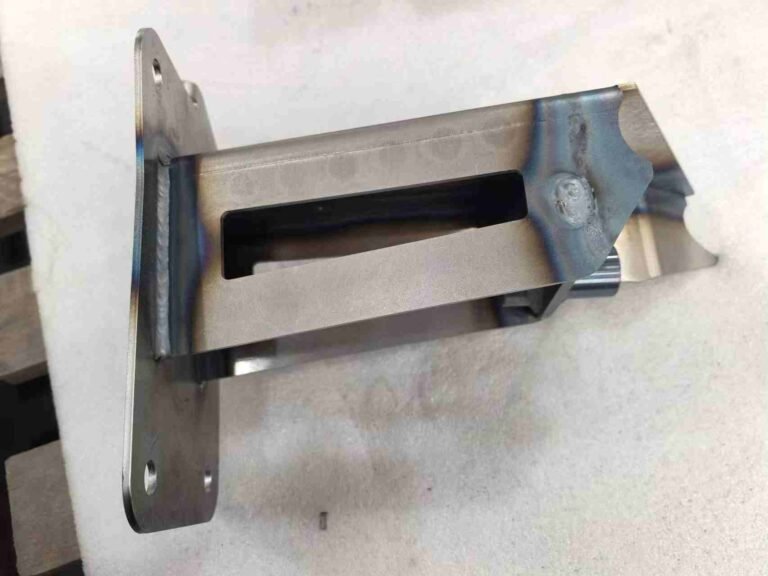
Seal Welding Applications
- Automotive Industry: Seal welds create leakproof joints in fuel tanks, exhaust systems, and structural components.
- Aerospace Industry: Seal welds in aircraft fuel tanks and pressure vessels prevent leaks and withstand high stresses.
- Construction Industry: Seal welds in structural steelwork are used to maintain structural integrity, prevent leakage of water or gases, and ensure structural integrity.
- Manufacturing Industry: Seal welds can be used in equipment housings and custom fabrications to prevent leaks.
- Oil and Gas Industry: Seal welds in pressure vessels, storage tanks, and pipelines are essential to handle high-pressure and prevent leaks.
Seal Welding Techniques
Welding Manual
- Shielded Metal Arc Welding: Also called stick welding, SMAW uses an electrode coated in flux to produce the weld. This technique can be applied to a variety of materials. This technique is often used because of its effectiveness and simplicity in creating strong seal welds.
- Gas Tungsten Arc Welding: GTAW, known as TIG welding, uses a non-consumable tungsten rod to produce the weld. This technique allows for precise control, producing high-quality welds with an excellent finish. This technique is ideal for materials such as stainless steel and aluminum.
Welding Automation
- Robot Welder: This technique uses robotic arms for welding tasks. Robotic welding has a high degree of accuracy and efficiency, which makes it perfect for large-scale production. It provides reliable seal welds and ensures consistency in quality.
- CNC welding: Computer-controlled machines are used to perform welds. This method is suitable for high-precision and complex applications because it offers precision and repeatability. CNC welding produces consistent results, resulting in efficient production.
Seal Welding Process
Seal Welding Guide: Step-by-Step
- Prepare Materials: Choose and cut metal pieces according to the desired size and form. Make sure they are correctly aligned and free from defects.
- Clean the Surfaces: Remove any contaminants such as rust, grease, or dirt from the surfaces that will be welded. This ensures a strong bond.
- Design Joint: Create the joint according to the requirements for the seal weld. Be sure to ensure a precise fit to prevent gaps.
- Set up the Equipment: Select the appropriate welding technique, whether manual or automated. Then, set up your welding equipment. Set the settings according to the type of material and weld.
- Weld: Perform the welding procedure according to the Welding Procedure Specification. To create a continuous joint, apply the weld along the joint.
- Inspect Weld: After welding, visually inspect the weld. If necessary, conduct nondestructive tests to make sure there are no defects.
- Finishing and Cleaning: Clean the area of the weld. Finish the weld to the desired specifications.
Common Challenges with Solutions
- Uneven Heat: Uneven heat can lead to weak welds. Ensure the welding equipment has been calibrated correctly, and you use a consistent method throughout the process.
- Contaminated surfaces: Contaminants may weaken the weld or cause leaks. Before welding, clean all surfaces thoroughly and look for any residuals that may have been missed.
- Improper Joint fit: Gaps and misalignment can lead to a poor seal. To ensure proper fit, carefully measure and align your joint before welding.
- Welding defects: Problems such as porosity or cracked welds can compromise its integrity. To catch any defects, inspect the weld and use appropriate welding techniques.
Seal Welding Defects
Porosity
It is caused by the formation of tiny gas bubbles in the weld metal. This can cause weakening and reduce strength. This is often caused by trapped gases or contamination in the weld process.
Cracking
Cracking can occur during or after welding when the base metal or weld metal fractures. Rapid cooling, excessive strain, or incorrect welding techniques can cause it. Cracking can compromise the structural integrity of the weld and lead to failure.
Incomplete Fusion
An incomplete fusion is called an incomplete fusion when the weld metal does not properly bond to the base metal or previous welding layers. This defect can lead to weak spots and leaks that affect the seal’s effectiveness.
Undercutting
Undercutting occurs when the base metal is eroded, and a groove is created along the edge of the weld. This can reduce the area of the weld and lead to structural weakness or stress concentrations.
How to prevent defects
- Control heat input: Adjust welding parameters to prevent overheating and rapid cooling, which can lead to defects such as cracking or porosity.
- Clean Surfaces: Remove contaminants from the surface before welding. This can cause porosity or incomplete fusion.
- Joint Design Optimization: Design joints to minimize stress and ensure alignment. This can help prevent problems like undercutting and incomplete fusion.
- Use Proper Technology: Adhere to established welding techniques and procedures. The correct technique will help you achieve a consistent weld and reduce the risk of defects.
- Perform Regular Inspections: Conduct visual and nondestructive tests to detect defects early. Addressing problems promptly can help prevent more significant issues in the future.
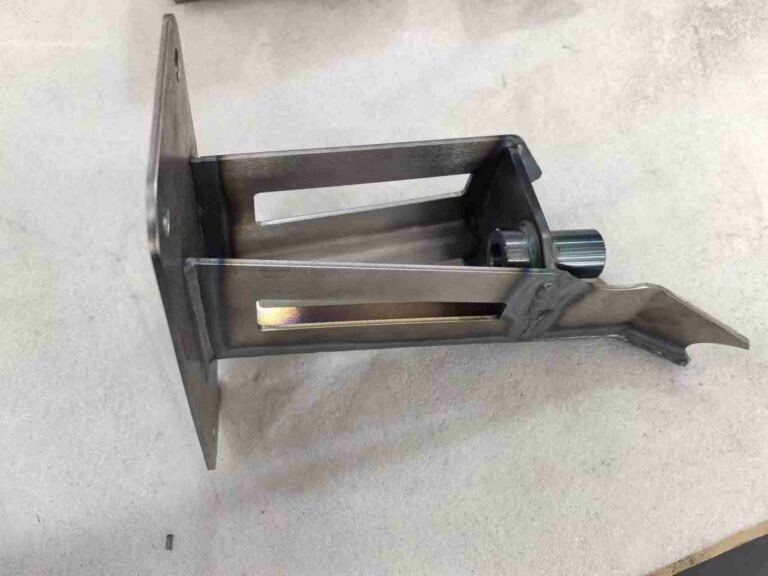
Repairing Seal Welds
Repairing a damaged vehicle
It is essential to determine when a joint needs repair. Cracks, porosity, or incomplete fusion are all signs of a need for repairs. Regular inspections and nondestructive testing can help detect these issues before they lead to failure.
Repair Techniques
- Grinding & Re-welding: This technique involves grinding the defective weld to remove any weak or damaged areas. After cleaning the surface, a new weld will fill the ground areas. This will restore the seal.
- Filling cracks: Seal cracked welds can be repaired by removing damaged sections and adding additional materials. It is expected to grind out the cracks and create a smooth surface before applying a weld.
Conclusion
Seal welds are essential in ensuring the reliability and durability of welded joints. They address the critical needs of applications from automotive to aeronautics by creating solid and leakproof connections. To achieve high-quality seals and prevent common defects, proper preparation, execution, and inspection are fundamental.
Do you need a reliable sheet metal parts manufacturer? Shengen is the place to go. We specialize in sheet metal laser cutting, bending, surface finish, and CNC Machining. Reach out to Shengen Today and seek help from professionals!
FAQs
How can you select the best type of seal weld for your project?
Consider the material type, joint design, and application requirements. Take into account the strength requirements as well as environmental conditions. Consult welding standards and seek expert advice when necessary.
How can seal weld defects be prevented?
Avoid defects using the correct welding technique, inspecting welds visually and non-destructively, and ensuring that materials are properly prepared. Be sure to follow welding procedures.
What are the newest innovations in seal welding?
Innovative technologies include robotic and CNC systems that provide precision welding, improved filler material, and non-destnondestructivethods.
More Resources:
Welding Techniques and Equipment – Source: Red-d-arc
Preventing Welding Defects – Source: Hobart
Non-Destructive Testing Methods – Source: Flyability
Hey, I'm Kevin Lee

For the past 10 years, I’ve been immersed in various forms of sheet metal fabrication, sharing cool insights here from my experiences across diverse workshops.
Get in touch

Kevin Lee
I have over ten years of professional experience in sheet metal fabrication, specializing in laser cutting, bending, welding, and surface treatment techniques. As the Technical Director at Shengen, I am committed to solving complex manufacturing challenges and driving innovation and quality in each project.




